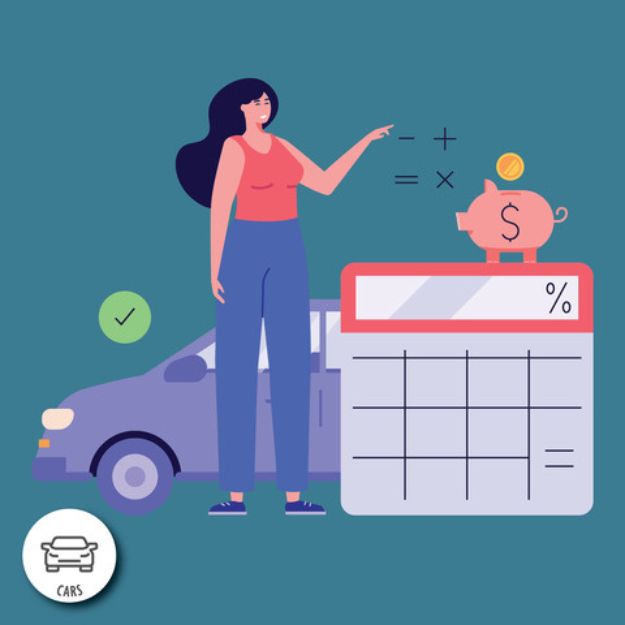What I Wish I Learned in School 6 of 12: Avoiding Lifestyle Creep
Most people assume that they’ll start saving and investing a lot more money if their income were to increase. But, what actually happens after that raise is that their savings percent doesn’t budge and they have no idea where the extra money is going. This is usually due to lifestyle creep. Let’s take a look at this phenomenon, why it happens and how you can avoid it to maintain a life of financial fitness.
What is lifestyle creep?
Lifestyle creep, also known as lifestyle inflation, is when people’s monthly expenses increase along with their income. Unchecked lifestyle creep can ruin long-term financial goals, leaving people in a cycle where higher earnings don’t translate to increased savings or financial security.
Recognizing the signs
Here are some signs that you may be caught in lifestyle creep:
- Stagnant savings. Despite earning more, your savings or investment accounts aren’t growing.
- Increased debt. You’re consistently taking on more debt to finance a more lavish lifestyle.
- Frequent upgrades. You’re constantly upgrading things even though the current model is fully functional.
- Tight budget. You’re always running low on money by the end of the month despite an increase in income.
Strategies to avoid lifestyle creep
Follow these tips to stay financially fit under any circumstance:
- Establish clear financial goals. Long- and short-term financial goals will help keep you on track.
- Create and stick to a budget. Develop a detailed monthly budget that assigns a dollar amount for each spending category. Review and adjust your budget regularly.
- Limit your revolving credit. It’s best to keep your credit limit down, even with an increase in your income.
- Automate savings and investments. Set up automatic monthly transfers to your savings account.
- Mindful spending. To avoid buyer’s remorse, implement a waiting period for significant purchases, such as a 48-hour rule, to determine if the expense is really necessary.
- Regular financial audits. It’s a good idea to review your financial statements on a regular basis to see where you may be overspending.
- Resist social pressures. Instead of trying to match or outdo online personalities, create your own personal and financial goals, a realistic plan for achieving them and then go and get ‘em!
- Live below your means. Even with a higher income, it’s best to spend less than you earn.
Use these tips for active steps you can take to prevent and avoid lifestyle inflation.




















